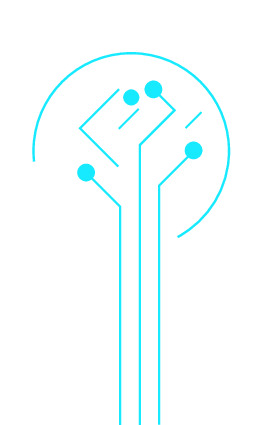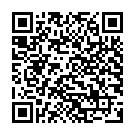|
|
|
| Module code: NE2101.MAI |
|
|
2V (2 hours per week) |
|
3 |
| Semester: 1 |
| Mandatory course: yes |
Language of instruction:
English |
Assessment:
Oral exam
[updated 12.03.2020]
|
NE2101.MAI (P213-0138) Neural Engineering, Master, ASPO 01.04.2020
, semester 1, mandatory course
NE3101.MAI Neural Engineering, Master, SO 01.10.2025
, semester 1, mandatory course
|
30 class hours (= 22.5 clock hours) over a 15-week period.
The total student study time is 90 hours (equivalent to 3 ECTS credits).
There are therefore 67.5 hours available for class preparation and follow-up work and exam preparation.
|
Recommended prerequisites (modules):
None.
|
Recommended as prerequisite for:
|
Module coordinator:
Prof. Dr. Oliver Scholz |
Lecturer:
Prof. Dr. Oliver Scholz
[updated 12.03.2020]
|
Learning outcomes:
After successful completion of this course, the students are able to
- reproduce the definition of active medical implants and classify a number of given examples,
- explain ethical aspects of animal trials as well as human studies and state qualified methods of dealing with ethical conflicts of that kind,
- explain the difference of biostability and biocompatibility,
- enumerate the general components of an active medical implant,
- enumerate, describe, and assess several techniques for electrical interconnections such as (crimping, bonding, etc.),
- reproduce base knowledge of electrochemistry in a qualified manner, e.g. Faradays laws, etc.
- explain what happens in a galvanic cell and in an electrolytic cell,
- explain test methods of neural electrodes,
- calculate charge injection capacity and charge storage capacity of electrodes with given data,
- enumerate and explain various electrical models of electrodes,
- enumerate, describe and assess several techniques of encapsulation of active implants,
- enumerate, describe and assess several techniques of sterilisation of active implants,
- enumerate, describe and assess several techniques of energizing active implants,
- describe the mode of operation of batteries
[updated 18.07.2019]
|
Module content:
1.) Active medical implants - definition and components
2.) Ethical aspects of applying active implants
3.) Interfaces between biological tissue and technical system
4.) Electrochemical processes involved when applying electrical pulses to tissue
5.) Test methods of neural electrodes
6.) Assembly and interconnect techniques
7.) Encapsulation of active implants
8.) Energizing active implants
[updated 18.07.2019]
|
Teaching methods/Media:
Lectures using electronic slides and videos alternate with self-study periods in small student groups. At the end of the course, students will hold small talks about the scientific texts they have studied.
[updated 12.03.2020]
|
Recommended or required reading:
Kramme, Rüdiger; Hoffmann, Klaus-Peter; Pozos, Robert S.: Springer handbook of medical technology, Springer, 2011
Zhou, David; Greenbaum, Elias (Hrsg.): Implantable Neural Prostheses 2: Techniques and Engineering Approaches, Springer, 2010, ISBN 978-0387981192
[updated 18.07.2019]
|


